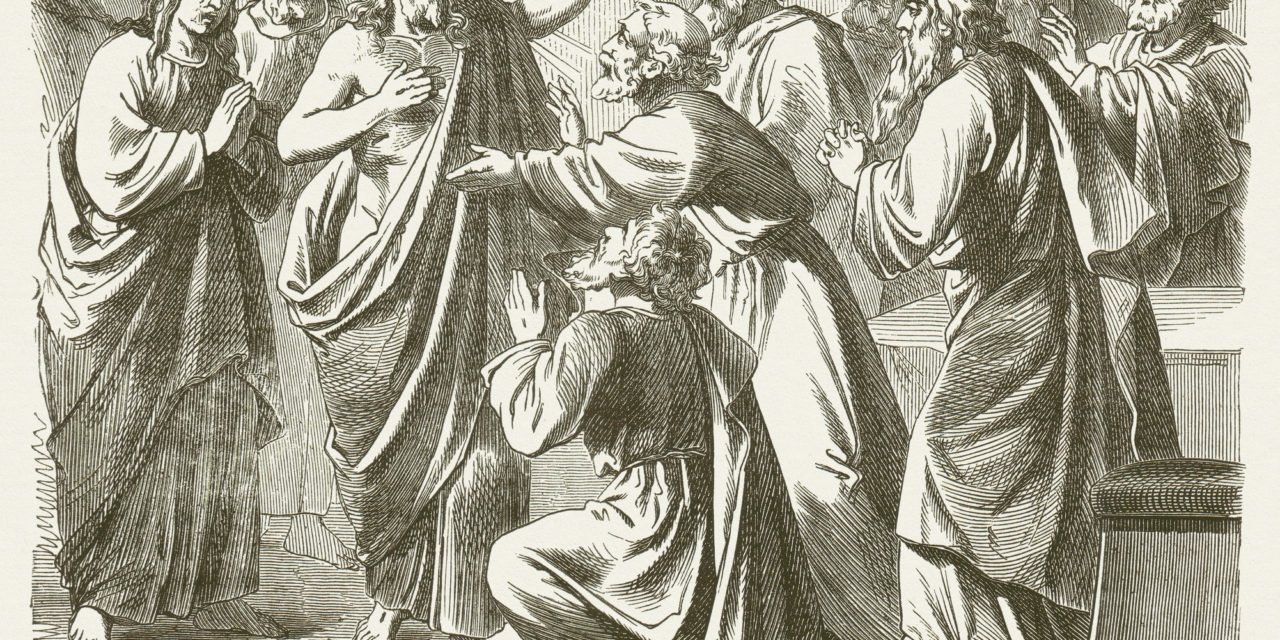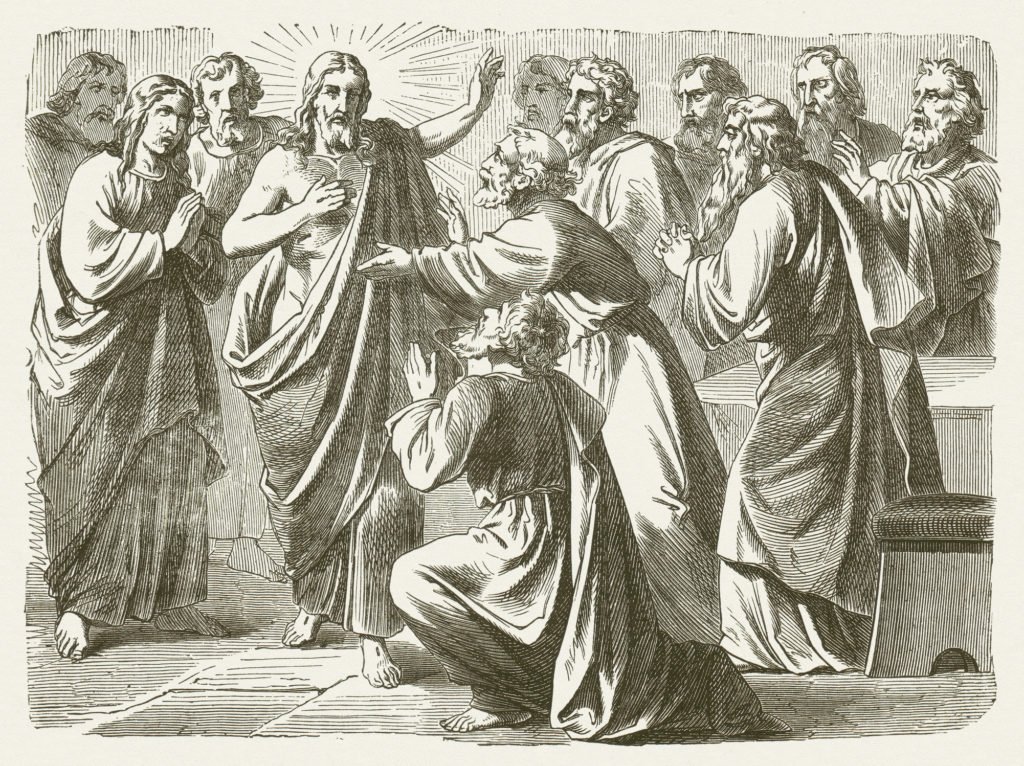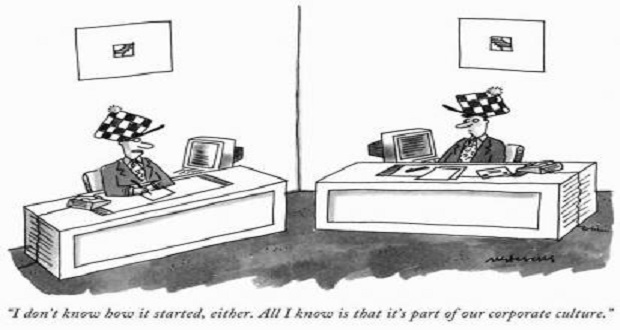Of all of Jesus’s disciples, Thomas is my favorite. He was a realist and sometimes a pessimist. He represents some of what I am and more of what I want to be. He symbolizes my struggle with inclusion: I know what to do, but sometimes I don’t do it.
Thomas got this reputation through expressing doubt and honesty. He wanted to be sure about the resurrection of Jesus. He would not believe this miracle until he could place his fingers into the nail–scarred hands of the man from Galilee.
Thomas’s cry of “My Lord and My God!” when he met the restored Jesus is our agonizing claim as we flee the promise of inclusion. “Whoever finds me will really know who I am.” It is our lament when we forego the self-examination inclusion requires. “I was afraid to be my true self, so I hid the real me.” It is our confession when we postpone the difficult work inclusion demands. “Deliver me from the hands of exclusion.”
Thomas’s cry of 'My Lord and My God!' when he met the restored Jesus is our claim as we flee the promise of inclusion. Jesus’s response, 'Blessed are those who believe and have not seen,' is the clarion call for inclusion. Share on XJesus’s response to Thomas, “Blessed are those who believe and have not seen” is the clarion call for inclusion as we admit our unfaithfulness to this worthy cause.
We must understand that inclusion is initially a word of brokenness, despair and tragedy before it is a message of expectation. It is a word of doubt before it becomes truth. It is a conversation about hopelessness prior to a lifeline of hope. It is bad news before it is good news. It promises light but to get to that light it requires overcoming the darkness.
Inclusion is initially a word of brokenness, despair and tragedy before it is a message of expectation. It is a word of doubt before it becomes truth. It promises light but to get to that light it requires overcoming the darkness. Share on XIt is a message not unlike what Shakespeare said: “The weight of these sad times we must obey, speak what we feel, not what we say.”
If inclusion is a word of hopelessness, it is also a word of hope through second chances. It is Thomas who puts his fingers into Jesus’s wounds an unbeliever and pulls them out a believer. It is as if Jesus says to Thomas, “I am with you, you no longer need to be afraid.” It is the embrace of our brothers and sisters as we invite them to lean on the everlasting arms of our perfect imperfection in the pursuit of inclusion – I am with you always.
We must find each other for inclusion like Jesus found Thomas. Like the loving father found the prodigal son. Like the good shepherd finds the lost sheep. Like the old woman who sweeps the entire house until the lost coin is found. Like the Great Spirit who located Adam and Eve in the garden of Eden.
Don’t despair if you doubt inclusion. Doubt is the first step toward inclusion. We must doubt ourselves in order to find inclusion. For we have all sinned and come short of inclusion’s glory. We have cut ourselves on the razor of exclusion. We all labor and are heavy laden. We are all under the burden of being human. Maybe that is the lesson doubting Thomas can teach us. When it comes to inclusion, we are not perfect but only human.
Don’t despair if you doubt inclusion. Doubt is the first step toward inclusion. We must doubt ourselves in order to find inclusion. For we have all sinned and come short of inclusion’s glory. Share on X
Nothing in this blog post is a reflection of the positions of the federal government, Department of Treasury or the IRS. The opinions in this piece are solely the views of the writer in his personal capacity as an American Indian.



![The Buzz: A [Race] Reality Check](https://theinclusionsolution.me/wp-content/uploads/2018/11/clarity-blog.png)
















